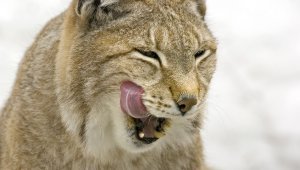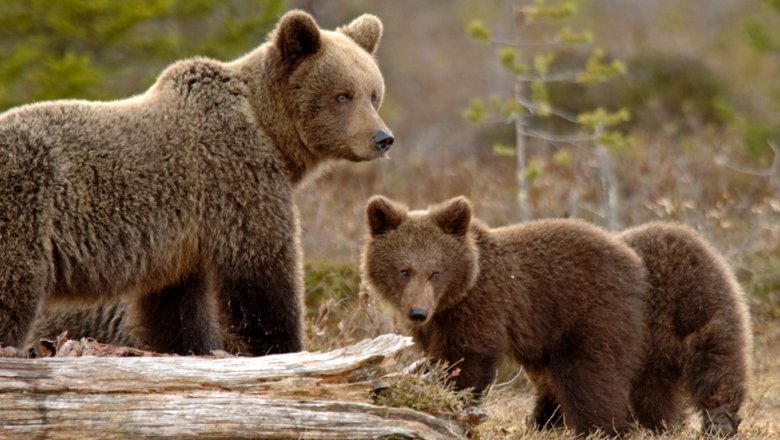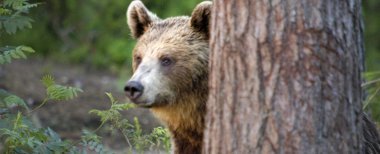Be very careful when you are near a bear
Bears are individuals and they can act differently in different situations. Other bears are curious and others might be aggressive, but the rule of thumb is that there is no such thing as a harmless bear.
This is how you avoid dangerous situations:
- Do not feed the bear. Feeding habituates the animal to human proximity and the bear will remember the easy source of food. Get rid of all waste when you are at your summer cottage. Do not leave any food or garbage bags outside for the night.
- If you find an animal killed by a bear, leave immediately the way you came. The bear is most likely still around. The bear often covers the carcass with moss or partially dips it into a marsh.
- If you see a bear cub, its mother is certainly close by. Do not try to get nearer, but leave the way you came. Being between the cub and its mother is the most dangerous position you could find yourself in. The mother will instinctively protect its cubs by attacking the cause of the danger: you.
- Keep your dog on a leash. A dog roaming free might find itself dealing with a bear. If your dog is free in the woods and you hear loud snarling or roaring coming from its general direction, move further away and try to reach an open space. If the dog flees from the bear, it will most likely run towards you, and the bear might follow.
Read more from large carnivore guidebooks (riista.fi, in Finnish)
The bear is better than you at both running and climbing trees
- An angry bear will grunt and toss its head from side to side. Its ears are bent back, its neck hairs are standing up and it stands on all four feet. The bear warns you by getting on its hind legs and growling loudly.
- Back away slowly while talking quietly. Do not shout or make loud noises as the bear will interpret this as hostility. Do not stare the bear in the eyes: to the bear this means a challenge. Climbing a tree will not save you from an attack by an angry bear as the bear is a better climber than we are.
- If a bear does attack you, throw yourself on the ground, protect your head and the back of your neck with your hands. Lie still and play dead. Running away is not the answer, as the bear is always faster than you.
- An injured bear is always dangerous. If you hit a bear with your car, do not leave the car. Call for help and notify the police. The police will take care of the situation. If the bear survived the accident, warn others moving on the road.
- If you come across a bear that is acting aggressively, notify emergency services immediately. If the bear acts in a non-threatening manner, report your sighting to the large carnivore contact person of the local game management association.
Watch a video of bear behaviour (youtube.com, in Finnish)


